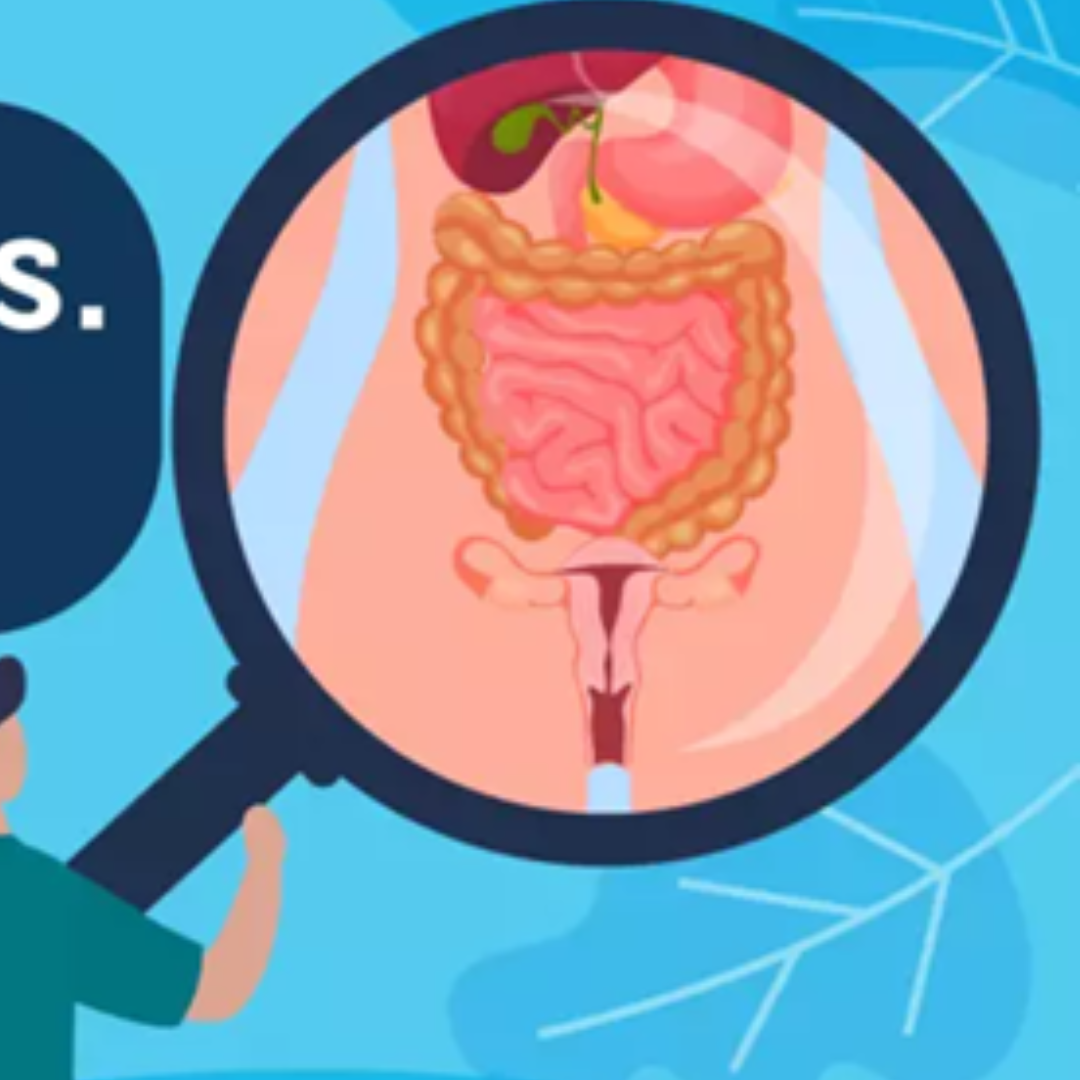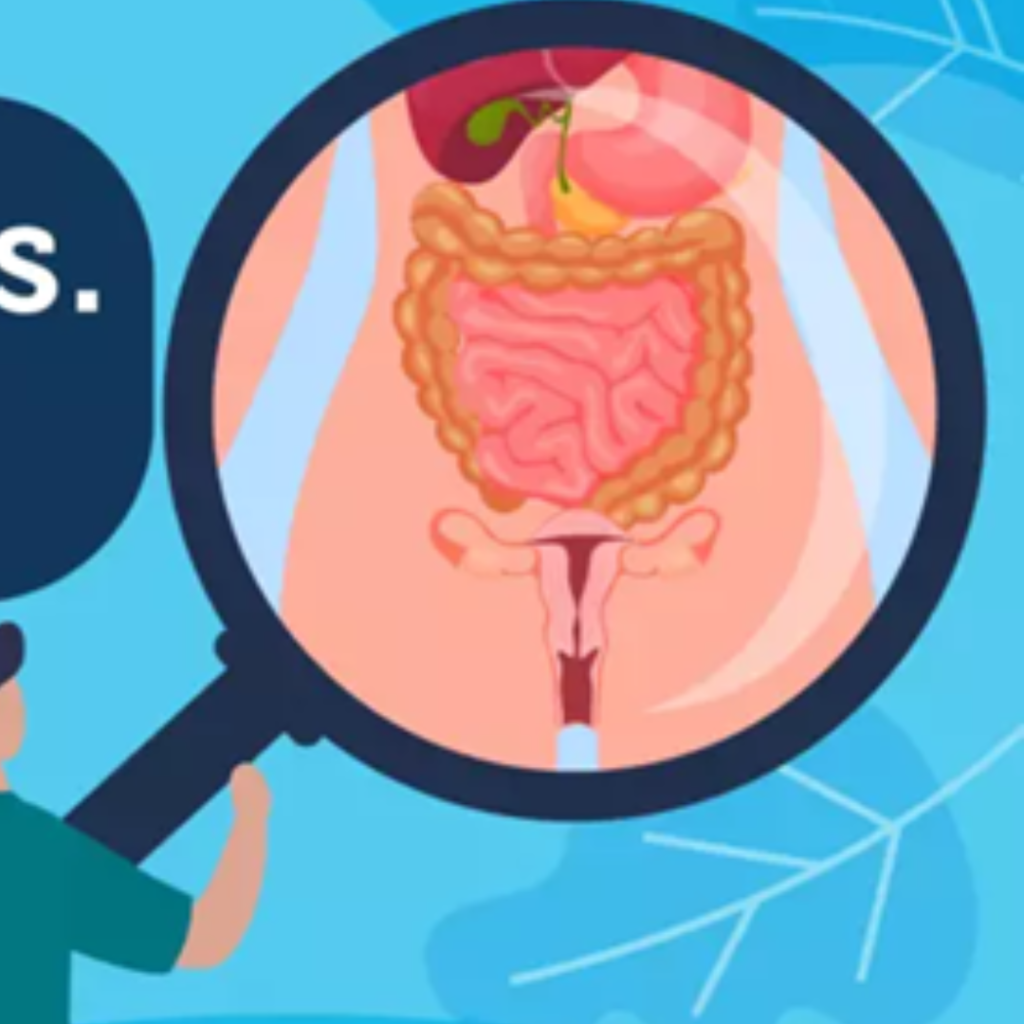Difference between Endometriosis and Adenomyosis

Difference between Endometriosis and Adenomyosis
Endometriosis and adenomyosis are two conditions that affect the uterus, causing significant discomfort and impacting the quality of life for many women. Despite their similarities, they are distinct in how the endometrial tissue grows and where it is located. Here, we explore the symptoms, causes, diagnosis, and treatment options for both conditions to help you understand their differences and how they can be managed.
What are Endometriosis and Adenomyosis?
Endometriosis occurs when endometrial-type tissue, similar to the lining of the uterus, grows outside the uterus. This tissue can attach to nearby organs such as the ovaries, fallopian tubes, and bladder, leading to a variety of symptoms.
Adenomyosis, on the other hand, is characterized by the growth of endometrial tissue into the muscle of the uterus. This causes the uterine muscle to thicken and can lead to an enlarged uterus, resulting in different symptoms compared to endometriosis.
Common Symptoms
Both conditions can cause similar symptoms, which makes them difficult to distinguish. These symptoms include:
– Pelvic pain, especially during menstrual periods
– Heavy menstrual bleeding
– Irregular or missed periods
– Pain during intercourse
– Infertility or subfertility
However, there are specific symptoms that are more associated with each condition:
Endometriosis: May cause pain with bowel movements, urination, and can lead to scarring and adhesions in the pelvic area.
Adenomyosis: Can cause the uterus to feel enlarged and tender, often leading to pressure on the bladder and rectum, and may result in a swollen abdomen.
Diagnosis
Diagnosing these conditions can be challenging due to the similarity in symptoms and the overlap with other pelvic disorders.
Endometriosis
– Often requires surgery for a definitive diagnosis. Laparoscopy, a minimally invasive surgical procedure, allows doctors to view the endometrial tissue outside the uterus and take samples for testing.
– Imaging tests like ultrasound and MRI can help, but they may miss smaller patches of endometrial tissue.
Adenomyosis:
– Typically diagnosed through imaging tests. An MRI or transvaginal ultrasound can reveal the thickened uterine muscle and the presence of cysts within the uterine wall.
– Sometimes, adenomyosis is only confirmed after a hysterectomy when the uterine tissue is examined in a lab.
Treatment Options
Both conditions can be managed with various treatments, depending on the severity of symptoms and the individual’s reproductive goals.
1. Hormonal Treatments:
– Hormonal birth control is often the first line of treatment for both conditions, helping to regulate menstrual cycles and reduce symptoms.
– Other hormonal medications, such as progestin, progesterone, and gonadotropin-releasing hormone (GnRH) agonists, can help slow the growth of endometrial tissue.
2. Pain Management:
– Non-steroidal anti-inflammatory drugs (NSAIDs) can help manage pain associated with both conditions.
– In severe cases, stronger pain medications may be prescribed.
3. Surgical Options:
– For endometriosis, laparoscopic surgery can remove or reduce endometrial tissue outside the uterus, which may alleviate pain and improve fertility.
– In adenomyosis, surgery to remove adenomyomas (growths within the uterine muscle) may be performed. In severe cases, a hysterectomy (removal of the uterus) may be necessary.
4. Fertility Treatments:
– Women with either condition who are struggling with infertility may benefit from fertility treatments such as IVF.
– In some cases, a combination of hormonal treatments and surgery may improve the chances of conception.
Living with Endometriosis and Adenomyosis
Both endometriosis and adenomyosis can significantly impact a woman’s quality of life, but effective treatments are available. If you experience symptoms of either condition, it’s important to consult with a healthcare provider. They can help determine the most appropriate treatment plan based on your specific symptoms and reproductive goals.
By understanding these conditions and seeking appropriate care, women can manage their symptoms and improve their overall health and well-being. Connect with our Wellness Coach to understand your options
Embracing Ayurveda for…
Difference between Endometriosis…
Importance of pelvic…
Our fertility profiling service includes a brief, confidential questionnaire that helps us understand your unique needs and goals.
We combine expert guidance, advanced AI-driven tools, and compassionate support to provide personalized care at every step. Our focus isn’t only on the physical aspects of fertility but also on helping you feel emotionally prepared and supported.
We understand that fertility journeys can be challenging, both mentally and emotionally. Our services include resources, wellness tips, and guidance to help you manage stress and stay balanced.
No, you don’t need to be in a specific location to work with us! Our services are available nationwide, so you can access support from anywhere.
Quick Links
Contact Us
We’re here to help you on every step of your fertility journey.
Address
Electronic City, Phase1, Bengaluru, Bangalore, India, Karnataka
Contact Us
078294 00909 vibesfertility@gmail.com




